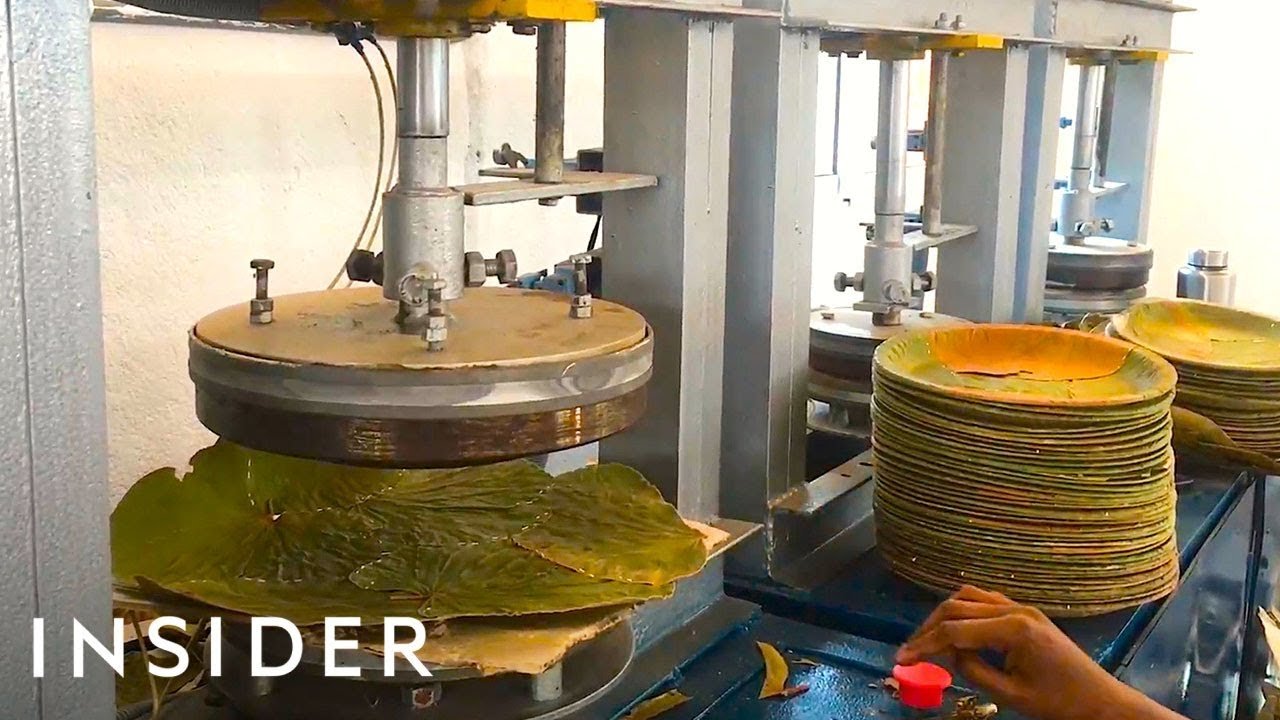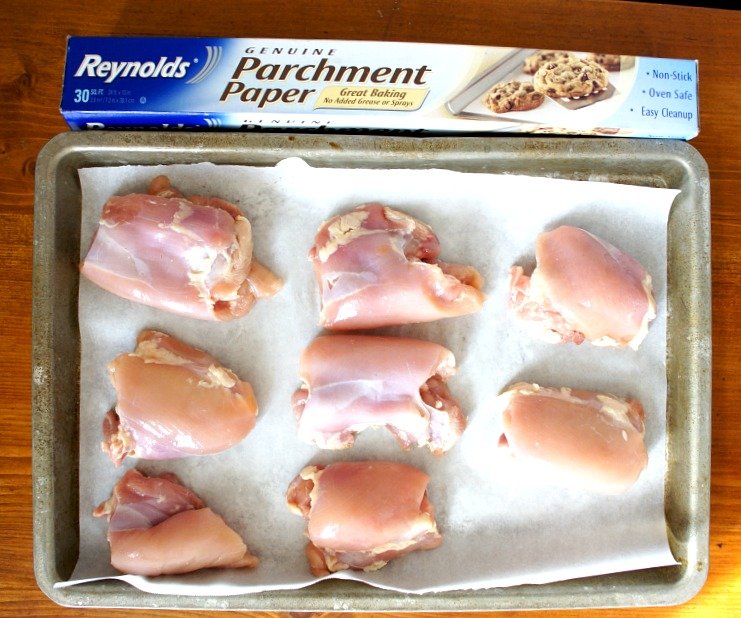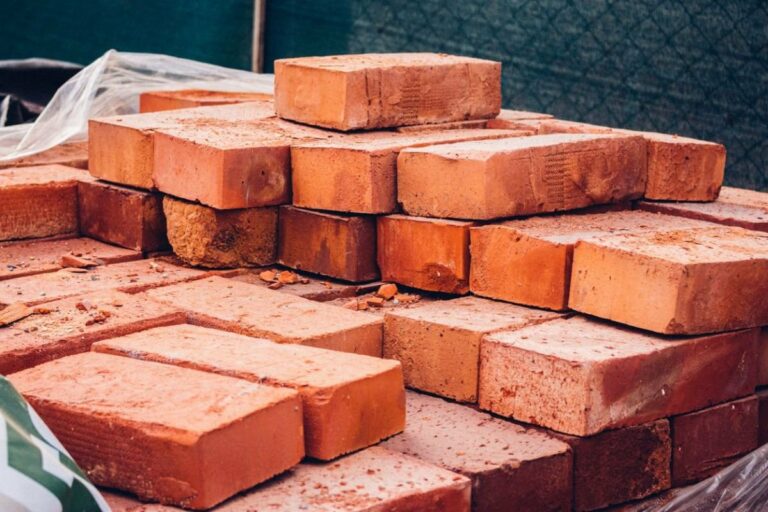How to Make Eco-Friendly Plates
Looking for an easy and sustainable way to reduce your environmental impact? Look no further than learning how to make eco-friendly plates! By crafting your own plates, you can reduce waste, save money, and have a positive impact on the planet. Wondering how to get started? We’ve got you covered. In this article, we’ll guide you through simple and creative methods to make your own eco-friendly plates, using readily available materials and tools. Let’s dive in and explore the world of how to make eco-friendly plates together!
How to Make Eco-Friendly Plates
In today’s world, where environmental concerns are becoming increasingly important, finding ways to reduce waste and create sustainable alternatives is crucial.
One area where we can make a significant impact is in the use of disposable plates. Traditional disposable plates are typically made from non-biodegradable materials, such as plastic or Styrofoam, which contribute to pollution and harm to ecosystems.
However, by making eco-friendly plates, we can help minimize our environmental footprint. This article will guide you through the process of creating your own eco-friendly plates at home, using various sustainable materials and techniques.
Choosing the Right Materials:
To make eco-friendly plates, it’s important to select materials that are biodegradable, compostable, and sustainable. Here are some options to consider:
Biodegradable Paper
Using biodegradable paper as the base material for your eco-friendly plates is a great choice. Look for paper products that are made from sustainably sourced materials and certified by reputable organizations.
Bagasse
Bagasse is a byproduct of sugarcane production and is an excellent alternative to traditional disposable plates. It is sturdy, heat-resistant, and fully compostable.
Palm Leaf
Palm leaf plates are made from fallen leaves of the Areca palm tree. They are an excellent eco-friendly option due to their natural strength and durability.
Plate Making Techniques:
Once you have selected the appropriate material, it’s time to move on to the plate-making process. Here are a few different techniques you can use to create your eco-friendly plates:
Molded Plates
Molded plates can be created using a variety of materials. One common method is to mix shredded paper or bagasse with water and a natural binder, such as cornstarch, to create a pulp. This pulp is then poured into molds and pressed to remove excess water. After drying, you’ll have sturdy, biodegradable plates ready to use.
Palm Leaf Plates
If you’ve opted for palm leaf as your material of choice, you can create plates by cleaning and sanitizing the leaves, then pressing them together using heat and pressure. This technique allows the natural fibers of the leaves to interlock, creating strong and durable plates.
Pressed Paper Plates
Pressed paper plates are made by compressing layers of biodegradable paper together, creating a sturdy and heat-resistant plate. This technique involves using a specialized press machine to apply consistent pressure and heat to the paper layers.
Decorating Your Eco-Friendly Plates
Now that you have your eco-friendly plates, why not add a personal touch by decorating them? Here are a few ideas to inspire you:
Natural Dyes
Using natural dyes made from fruits, vegetables, or spices is a great way to add color to your plates without harming the environment. Beets, turmeric, and spinach are just a few examples of ingredients that can be used to create vibrant, biodegradable dyes.
Decoupage
Decoupage is a technique where you glue cut-out images or patterns onto the surface of your plates. Look for eco-friendly decoupage glue or make your own using water, flour, and sugar.
Embossing
Embossing is a simple way to create texture and patterns on your plates. You can use various materials, such as leaves or textured fabric, to press onto the surface of the plate before it dries.
Caring for Eco-Friendly Plates
To ensure the longevity of your eco-friendly plates, proper care is essential. Here are a few tips:
Handwashing
Avoid using a dishwasher as the high temperatures and harsh detergents can damage the biodegradable materials. Instead, handwash your eco-friendly plates using gentle soap and lukewarm water.
Drying
After washing your plates, allow them to air dry completely before storing them. This helps prevent any moisture buildup, which can lead to mold or degradation.
Storage
Store your eco-friendly plates in a cool, dry place to avoid exposure to heat or humidity, which can accelerate decomposition.
Disposal and Recycling
When it’s time to dispose of your eco-friendly plates, it’s important to do so responsibly. Here are a few options:
Composting
If your plates are made from materials like paper, bagasse, or palm leaf, they can be composted in a home composting system. Make sure to remove any non-compostable decorations or coatings before composting.
Recycling Facilities
Some eco-friendly plates, such as those made from paper, may be accepted by local recycling facilities. Check with your municipality or waste management provider to see if they accept these materials.
Creative Reuse
Get creative with your used eco-friendly plates! They can be repurposed as plant pots, craft materials, or even as compostable packaging for gifts.
By following these guidelines, you can create your own eco-friendly plates and contribute to a cleaner, more sustainable environment. Remember, even small changes in our everyday choices can make a big difference in the world we live in. So why not start today and unleash your creativity while making a positive impact on the planet?
Faqs for How to Make Eco-Friendly Plates:
Eco-friendly plates can be made from a variety of materials such as bamboo, sugarcane, wheat straw, palm leaf, and biodegradable plastics. These materials are sustainable and have a lower environmental impact compared to traditional disposable plates made from paper or Styrofoam.
Eco-friendly plates are made from renewable resources and do not contribute to deforestation. They are compostable and biodegradable, breaking down naturally without releasing harmful chemicals or toxins into the environment. Traditional disposable plates, on the other hand, are typically made from paper or plastic and take a long time to decompose.
Yes, eco-friendly plates made from materials like bamboo, sugarcane, and wheat straw are generally microwave-safe. However, it is important to check the manufacturer’s instructions and recommendations for each specific product to ensure safe usage in the microwave.
Yes, eco-friendly plates are suitable for serving hot foods. Materials like bamboo, sugarcane, and palm leaf have good heat resistance and can withstand hot temperatures without warping or releasing harmful substances. However, it is always advisable to check the specific product’s instructions for its heat resistance capabilities.
The time it takes for eco-friendly plates to decompose depends on the material used. Plates made from bamboo, sugarcane, and wheat straw typically decompose within 2-6 months in a commercial composting facility. Palm leaf plates can take slightly longer, around 6-12 months. Biodegradable plastics may take a bit longer, ranging from several months to several years depending on the specific type of plastic.
Most eco-friendly plates, especially those made from bamboo, sugarcane, wheat straw, and palm leaf, are compostable rather than recyclable. However, it is essential to check the recycling guidelines in your locality, as some biodegradable plastics used for eco-friendly plates may be accepted in recycling programs. it is recommended to contact your local recycling facility for specific information on recycling eco-friendly plates.
Final Thoughts:
making eco-friendly plates is a simple and effective way to reduce our environmental impact. By utilizing sustainable materials such as bamboo, palm leaves, or biodegradable paper, we can minimize the use of single-use plastics and contribute to a greener future. Additionally, incorporating eco-conscious manufacturing processes, such as water and energy conservation, further enhances the sustainability of these plates. By following the steps outlined in this article, individuals and businesses alike can easily create and use eco-friendly plates, thus promoting a more sustainable and responsible approach to dining.



